Ayla Bushell is a published author!
Ayla Bushell (’21) is now a published author! Her book, Ineffable, is a collection of dark fantasy short stories, poems, and vignettes that can now be found on Amazon! Take a look at the video of Ayla describing her process and how she conquered her dreams of becoming a published author by her 15th birthday! Congratulations, Ayla!
Click here to view a video of Ayla talking about her work.
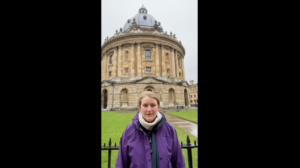

Brendan Goes For Olympic Gold!
Brendan Brisson ‘15 was recently announced as a player on the 2022 U.S. Olympics Men’s Hockey Team! Brendan is one of 14 forwards for the team. He previously played for the University of Michigan and was drafted in the 2020 first round, 29th overall to the Vegas Golden Knights. Brendan also played last year in the 2021 World Junior tournament where they won GOLD and previously played for Team USA 2019 World Junior A Challenge where they finished in third place. The 2022 Olympic Winter Games will take place Feb. 3-20 in Beijing, China. The U.S. Olympic Men’s Ice Hockey Team opens play on Feb. 10 when it faces host China in its first preliminary round game at 8:10 a.m. ET. Brendan is the only player on the team that will be representing California and Westside Neighborhood School. Go Brendan!
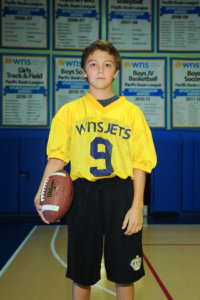

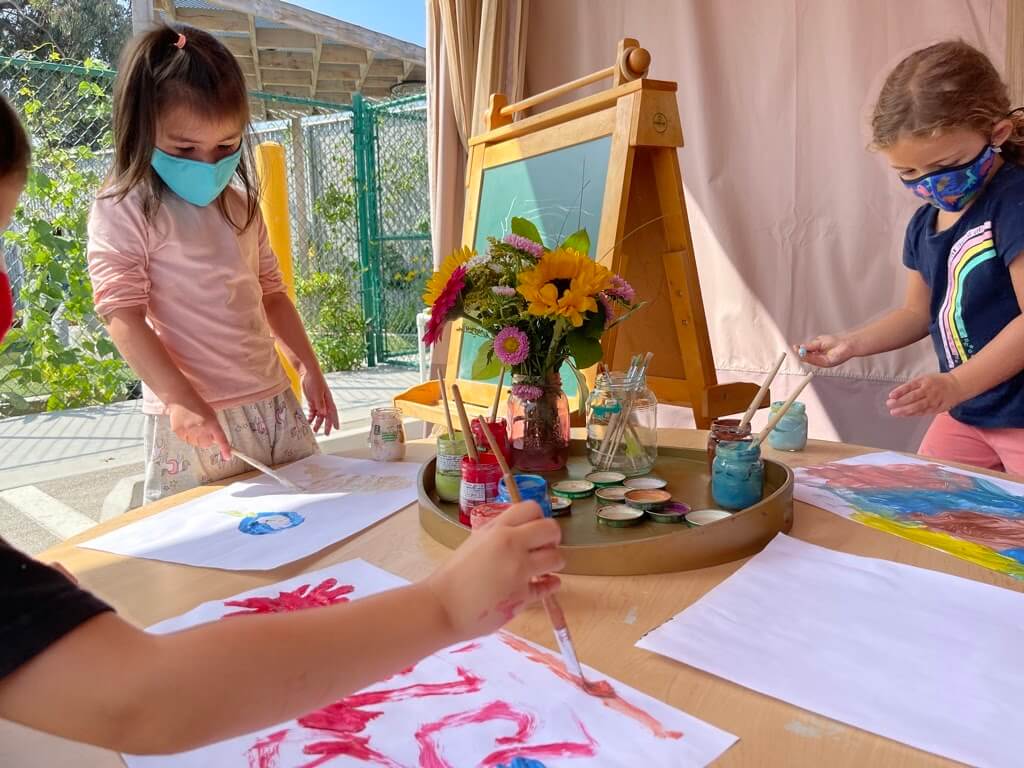
The educational theory called social constructivism empowers even the youngest children to learn through independent exploration, reflection, and group discussion.
In it, children “make meaning through play,” while teachers, rather than instructing from the front of the classroom, guide the conversation alongside students, asking questions, and encouraging children to make their own conclusions.
Kelly Massey, Director of Early Childhood Education at WNS, brings this theory to life at the ECC where the environment is considered the “third teacher,” offering a nurturing, home-like setting with rich open-ended materials, natural light, and indoor/outdoor classrooms.
Teachers create opportunities for children to explore their natural world, inside and outside. Joyful exploration is scaffolded through play and discovery in “The Wilds” – an outdoor oasis with a running brook, bridge, plants, and climbing structures.
“Rather than memorizing facts, children start to deeply understand the world around them, building understanding through whole-body experiences,” Massey says.
As students move up in grade level, these building blocks evolve into project-based learning, and are interwoven into the curriculum. Children put their skills into practice by questioning and exploring, then creating from what they observe.
At WNS, this comes to life in the form of cross-curricular projects. An example of this is a much-loved annual tradition at the school: a first grade project called WNSville. For this project, children spend time studying both local communities and main streets around the country, then in groups create and execute their own business plans, culminating in a showcase where families are invited to “shop” at their business or service. The idea is that children construct their own knowledge through experiences and reflection.
Stacey Koff, Assistant Head of School for Grades K-4 at WNS, says that this strategy “provides a sense of agency and empowers students to take charge of their own learning.”
From a scientific perspective, this approach helps to create new neural pathways in children’s brains, and the brain becomes accustomed to repetition. Therefore, the act of trying new things and exploring new activities contributes to the formation of these pathways.
Social constructivism in the classroom is centered around children engaging in activities with one another that encourage thinking, feeling, and doing. Children are viewed as innovators and protagonists in their own learning. They’re given the tools to explore, test, and question their world with a view to developing lifelong critical thinkers with a natural curiosity and love for learning.

Zoie Soars To New Heights In The Show Jumping World
Zoie Brogdon (‘19) was featured in a Financial Times article of the Top Ten International Show Jumpers to Watch. The article features an impressive list of international show jumpers including Zoie and Jessica Springsteen – an US Olympic Silver Medal winner that Zoie recently completed a clinic with. Zoie also had her first Sports Illustrated (SI Online) video and written interview that previewed on November 19, 2021. The article is titled, How 16-Year-Old Equestrian Athlete Zoie Brogdon Is Making a Mark in Her Sport. To follow along on Zoie’s journey you can follow her on Instagram at @iamzoienoelle. The Brogdon family thanks WNS for always believing in Zoie and encouraging her to follow her passion.
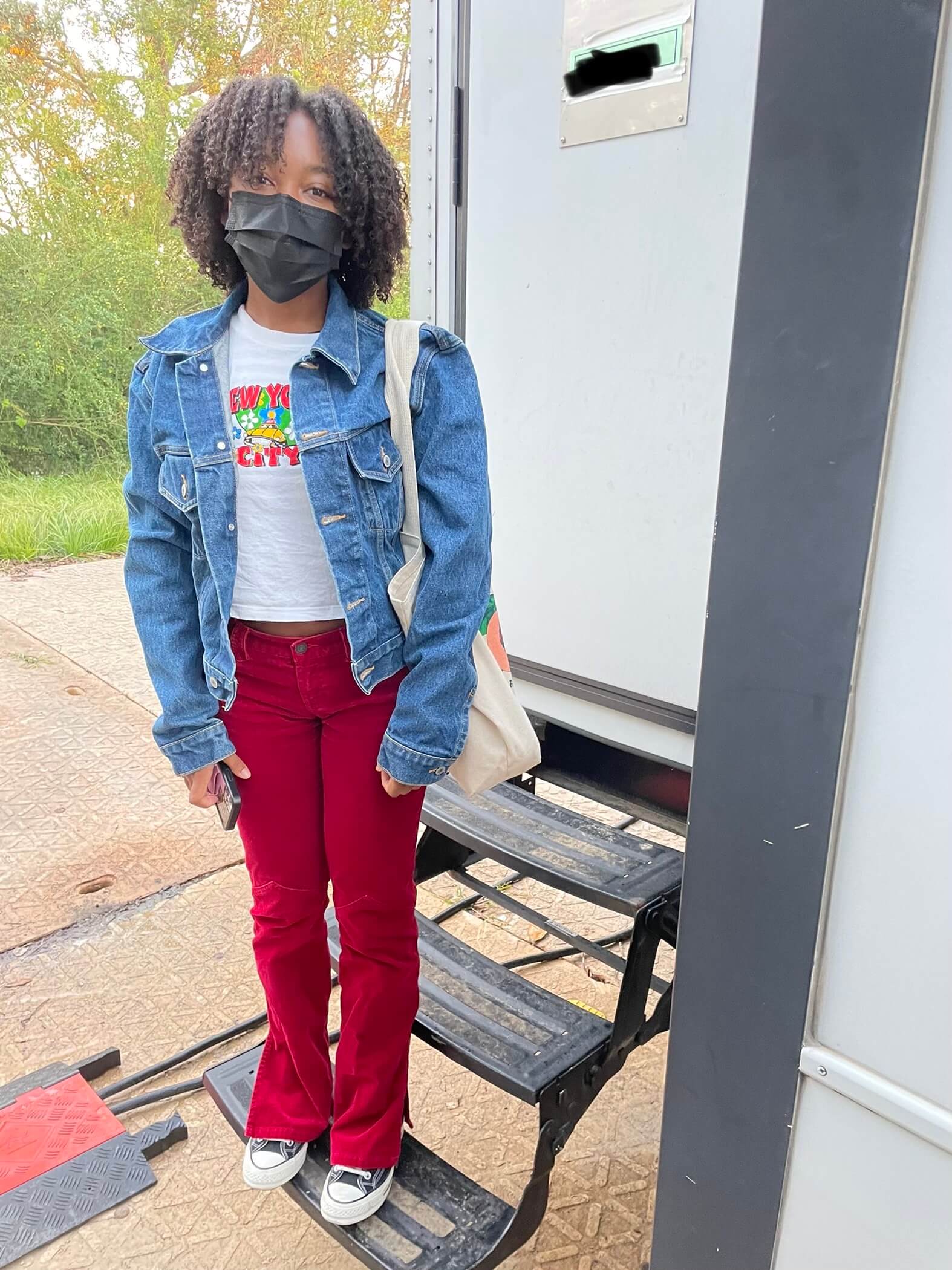
Imani Takes The Arts By Storm
Imani Pullum (‘17) is a freshman at NYU’s Tisch School of The Arts, majoring in Experimental Theatre. Imani has always been a performer, but fell into a deeper love of acting during her time at WNS. Under the direction of Dr. Desi Cameron, the Theater Arts Program at WNS became a second home to Imani and she took every opportunity she was given to perform in the school’s productions. It was actually Dr. Cameron, Ms. Reimann, and Mr. Zacuto who encouraged Imani to accept the role of Nala in the national touring company of The Lion King, during the first half of her seventh grade year at WNS. She was supported with an asynchronous WNS education while traveling the country with The Lion King tour. Imani returned to WNS just in time to enjoy the second half of her seventh grade year. Now, Imani hasn’t allowed any grass to grow under her feet and recently wrapped filming on a network television show, premiering March 2022. Imani is currently on location, filming a major motion picture. She’s been sworn to secrecy until the film wraps, but look for our very own WNS Jet on the big screen in the very near future.
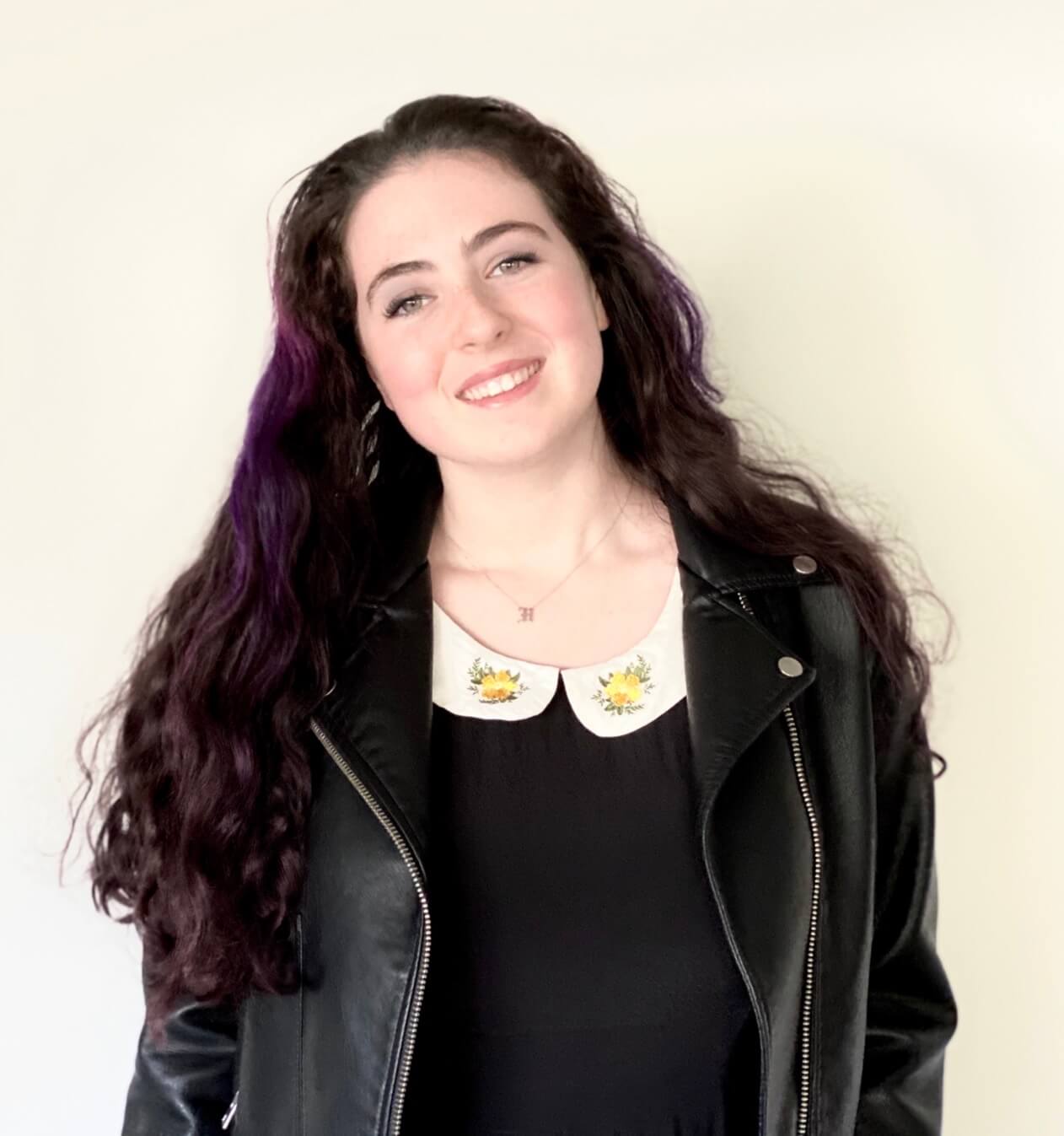
Hope Launches ‘Bored of Boredom’ To Address Educational Inequality
Hope Shinderman (‘17) is currently attending Columbia University as a freshman! During the pandemic she started a not-for-profit organization called, Bored of Boredom, to address learning loss during the times of Covid-19 and educational inequality in general. Bored of Boredom is a student-run organization committed to providing free educational enrichment for all. They offer group classes and individual tutoring. She believes that their mission is truly predicated upon the values that were instilled in her during her time at WNS. Hope was recently awarded the National Diller Teen Tikkun Olam Award (Tikkun Olam means repairing the world in Hebrew) for her work on Bored of Boredom. Please take a look at their website, boredofboredom.org to learn more.

Joshua Curl Set To Graduate From Chico State
Joshua Curls (‘12) is currently a senior at Chico State majoring in business marketing and will be graduating in May 2022. He was granted a final year of NCAA eligibility to play on Chico’s basketball team after the 2020-2021 season was canceled due to Covid-19. During his time at Chico state he was on the Dean’s Honor List for 5 semesters and a two time CCAA All-Academic recipient. Though he has always strived to be the best student athlete he can be, he knows his time playing basketball will soon come to an end once this final season is over. He is currently in the process of applying to several law schools in California and will be taking the LSAT this November.
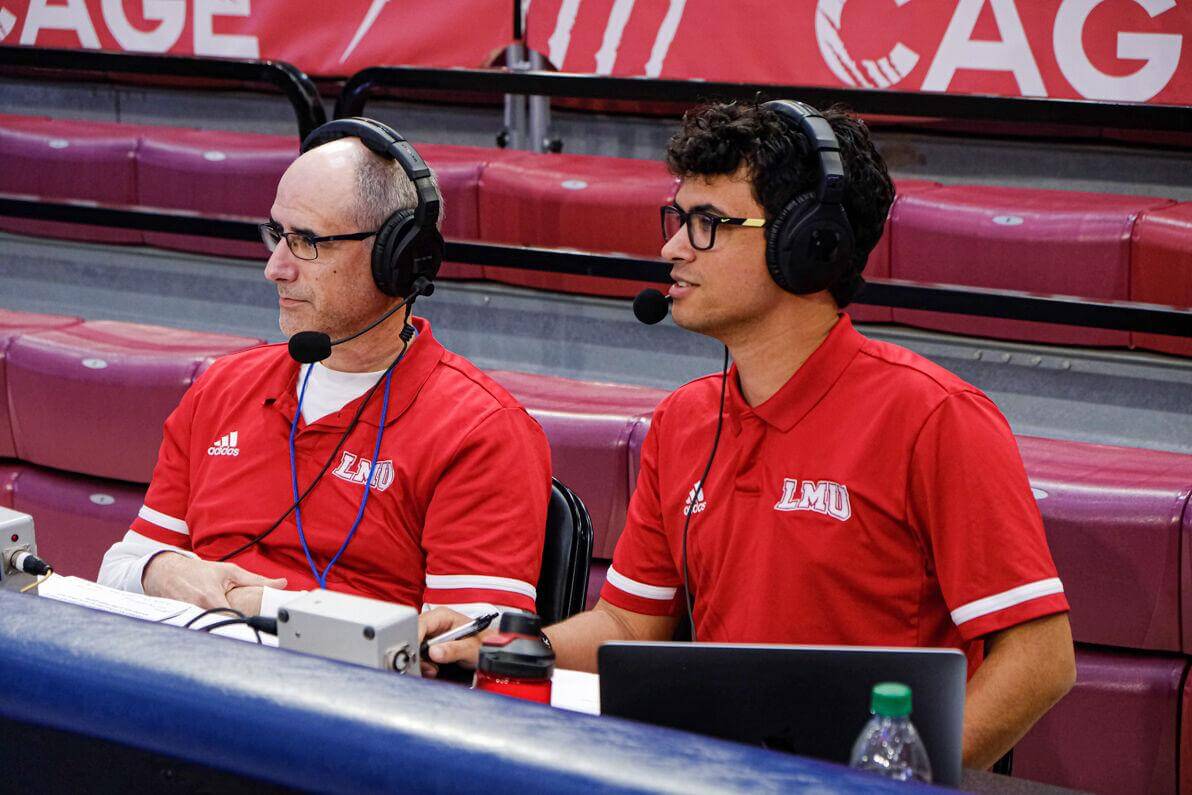
Brendan Craig makes waves at LMU & on the Red Carpet
Brendan Craig (‘14) is currently a junior journalism major at Loyola Marymount University and was recently featured in the student newspaper of LMU called, The Los Angeles Loyolan. The headline reads, Meet Brendan Craig: LMU student, sports broadcaster and Oscars production assistant. The article highlights his recent work at the university producing Lions Athletics on the WCC Network, calls play-by-play for the women’s basketball team, organizes staffing and logistics for the broadcast department and has even led production for the Iggy Awards. He has also gotten to work on events like NFL Kickoff, the 2020 Academy Awards and the iHeartRadio Music Awards. He has even done stage management on movie premieres for “Booksmart,” “The Lion King” and “Avengers: Endgame.” Most recently, he started working part-time as a stage manager for the Los Angeles Football Club (LAFC) of Major League Soccer. In the article it states that Brendan got his start in stage production during his middle school days (at WNS) where he was a part of the Spring Musical Elective for the Little Mermaid Junior. To read the full article, click here.





